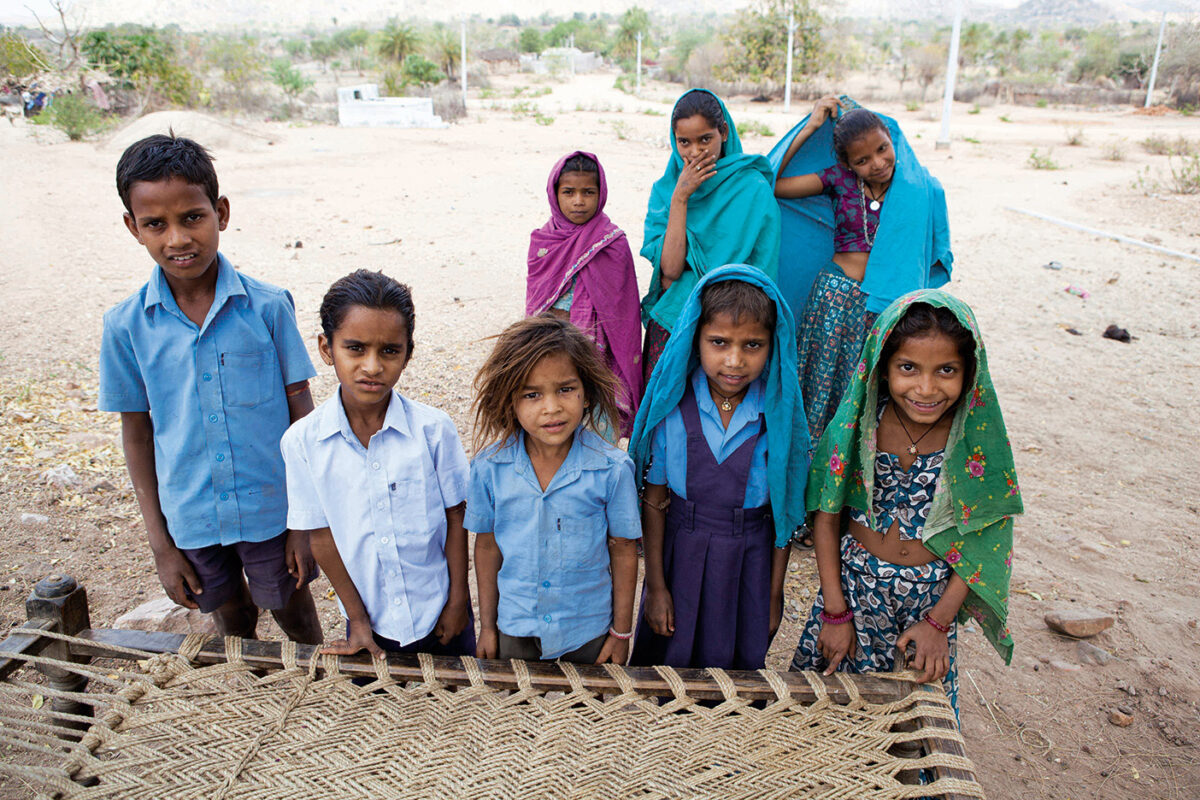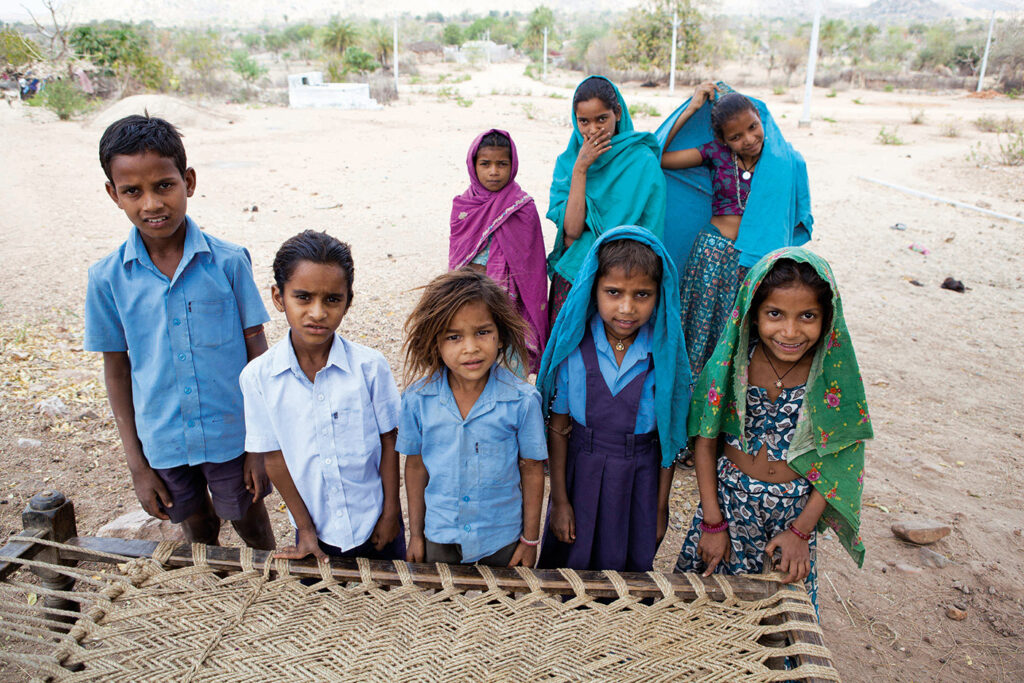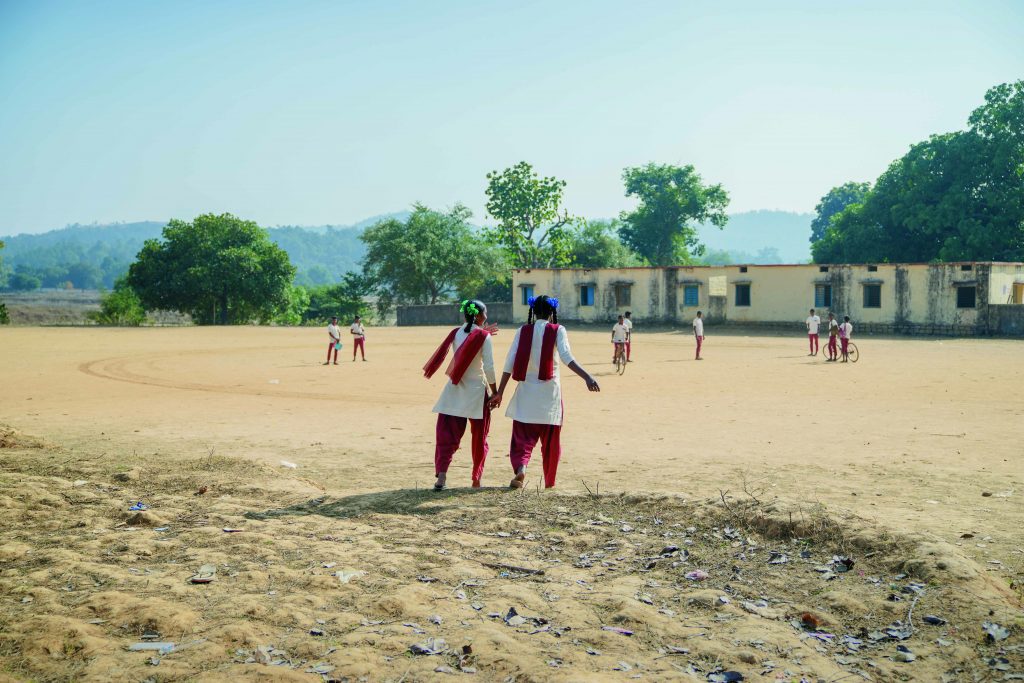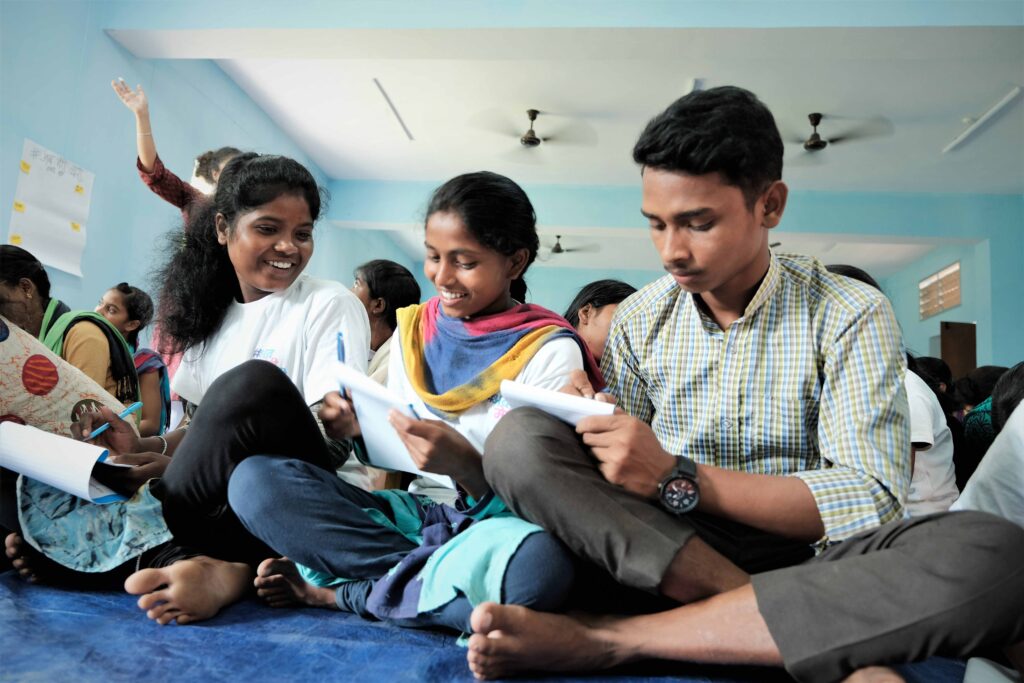
Resilience & Sustainability: Pause, reflect and re-think
Shailja Mehta
“2020 was the year we lost, and 2021 is the year of losses.”
This comment has stayed with me ever since I first heard it during a webinar, about a month ago.
While nobody expected the first wave last year, so few were prepared for the second surge this year. The pandemic has been hard on everyone, but especially the vulnerable and those living in rural and remote parts of the country. It has exposed deep inequalities in our country and across the globe, and pushed those who were already struggling into further marginalisation.
Amid this catastrophe, thousands of civil society organisations have tried to show resilience and do their best to respond to the crisis, even as they’ve struggled with their own financial health and the physical health of their employees. At Dasra, we reached out to around 40 organizations to get a sense of how they have been affected as they take on this challenge. Of these, 71% have been hit financially and 67% said that their several of their staff and families were directly affected by Covid-19. Further, in the communities these organisation serve, most families have lost their livelihoods, many have lost their loved ones, and it seems like children and youth’s futures have indefinitely been put on hold. The losses have been grim and gruesome.
Even before the second surge struck us, we’d heard about its possibility. Yet, we did so little to prepare for it, though there is no denying that we were busy responding to the first wave and its aftereffects to the best of our abilities. The government and our health sector was definitely not prepared, however, nor was the civil society equipped for 2021.
However, even in the face of this, we have seen most of the organisations in the sector change gears to respond to the crisis, and almost immediately. The compulsions we’re facing as a sector to act and respond are very real and much required. However, what is also required is for us to take a pause, reflect and rethink our course of actions and strategies.
For us at Dasra, too, this has been a learning. If I would be honest, the 10to19 Dasra Adolescents Collaborative spent February and March planning for 2021-2022. We of course kept in mind the impact of the 2020 pandemic and the course corrections we had adopted last year as we were planning for the new financial year. Little did we know then though that come April, and everything would be put on hold to pivot and respond to the crisis, almost exclusively. We did though take the opportunity of a two-week-long organisation-wide break to pause, reflect and rethink our priorities for the year.
Since then, we have made a few attempts to bring together nonprofit organisations to share challenges, struggles, and create a space to openly share, listen and learn. Through state and national level Communities of Practice with a focus on adolescent well-being, as well as through another conversation with a few organisations across the country with varied focus and demographic interests, we’ve heard about
The impact of limited on-ground activities: Projects have either been cancelled or indefinitely put in hold until it’s safer for ground staff and communities to engage with each other in person.
The inability of organisations to support the communities: Due to restriction on mobility and funding, organisations are unable to support their communities to tackle the pandemic like they would want to.
The significant shifts in funding: Due to an urgent need to address Covid related awareness and health concerns, several existing projects and core areas of work have taken a back seat.
The years of development that have been reversed: Experts fear that a lot of behaviorual change efforts have been reversed and efforts made towards girl child education and delaying age of marriage undone significantly.
The lack of clarity on long-term strategic and organizational goals: Organisations are unclear of how to plan for the medium-to-long term given the impact of the pandemic on the country.
The conversations have highlighted not only several key priority areas, but also the need to build bridges with other civil society organisations for a coordinated and shared response to protect and support our communities. As we navigate the rest of the year, and plan our strategies for the next few years, it is imperative to think about the resilience and sustainability of the civil society to mitigate the long-term impact of Covid-19 and in pursuit of a sustainable development.

















